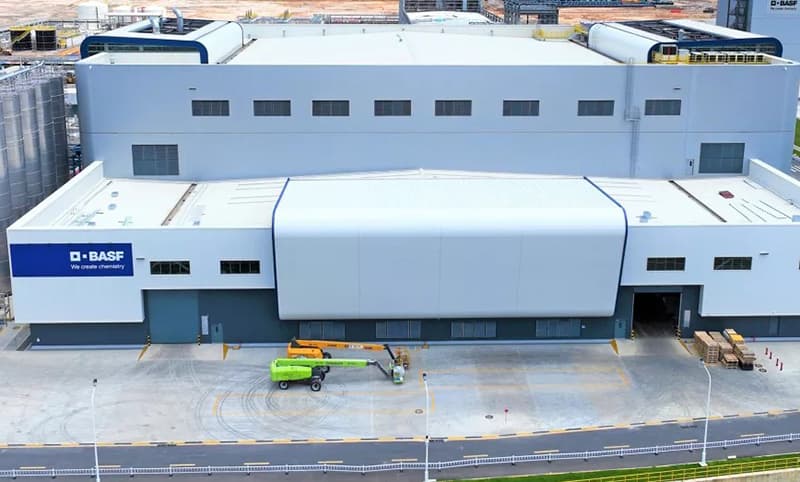German chemical giant BASF has broken ground on a new production complex at its Verbund site in Zhanjiang, China, that includes plants for glacial acrylic acid (GAA), butyl acrylate (BA) and 2-ethylhexyl acrylate (2-EHA). Planned to come on stream by 2025, the complex will have an annual production capacity of approximately 400,000 metric tons of BA and 100,000 metric tons of 2-EHA.
Hartwig Michels, President Petrochemicals at BASF, says, “The groundbreaking marks a significant milestone in further expanding our production capacities in the acrylics value chain in China. These new world-scale facilities will enable us to meet the growing Chinese and Asian market demand for acrylics used in various industries like hygiene, and paints and coatings.”

BASF aims to strengthen its presence in key markets where customers are located and provide better support to their business growth. “Being fully backward integrated in Zhanjiang Verbund site, the new acrylics facilities will provide our regional customers with a reliable supply of high-quality products with short lead times,” says Haibo Tan, Vice President, Industrial Petrochemicals Asia Pacific at BASF.
BASF’s Verbund concept is based on value addition through the efficient use of resources, where the Verbund sites, production plants, energy and material flows, logistics, and site infrastructure are all integrated.
Upon completion, the Zhanjiang site in China’s southern Guangdong province will be BASF’s third largest Verbund site globally, after Ludwigshafen, Germany, and Antwerp, Belgium, and also its seventh Verbund site worldwide. Other sites include Geismar, Louisiana, and Freeport, Texas, in the United States, Kuantan in Malaysia, and Nanjing in China’s eastern Jiangsu province.
Acrylic acid is an important precursor for the production of superabsorbent polymers. While butyl acrylate, an ester of acryclic acid, is used in the production of adhesives and architectural and industrial coatings, 2-ethyhexyl acrylate is an important raw material for adhesives and coatings.


